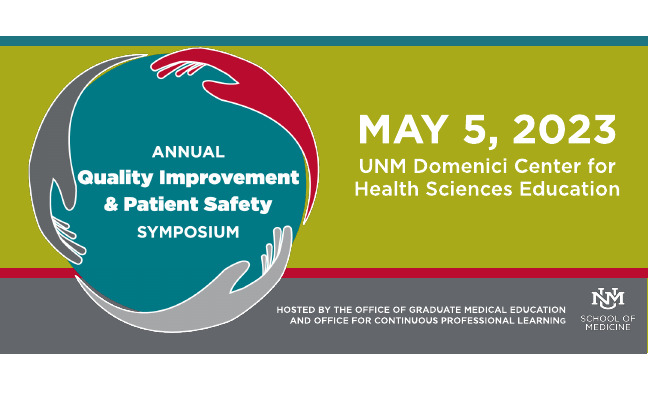Document Type
Presentation
Publication Date
3-6-2020
Abstract
Purpose:
The Joint Commission has revised pain assessment standards and now requires health care entities to identify pain assessment as an organizational priority and monitor this data for hospitals, ambulatory care, and office-based procedures. However, assessments of pain in patients receiving therapeutic apheresis are currently lacking. In this prospective study, we queried our outpatients receiving therapeutic apheresis procedures to identify and characterize elements of both physical and emotional pain.
Methods:
In this prospective observational study, a pain assessment tool to address both physical and emotional pain was developed using elements of three validated pain assessment tools: the Wong-Baker FACES/Ten-Point Pain Rating Scale, the modified Short-Form McGill Pain Questionnaire, and the Social Emotional Distress Survey-Secondary. Every outpatient receiving therapeutic apheresis from October 1 to December 31, 2019 completed at least once per month using the 17-question pain assessment tool. Inpatients, as well as outpatients who were unable to complete the survey due to their medical condition, did not receive the pain assessment tool.
Results:
In total, 17 outpatients completed the pain assessment tool 42 times. All patients received therapeutic plasma exchange (TPE), and conditions treated included myasthenia gravis (14), chronic inflammatory demyelinating polyradiculoneuropathy (2), and familial hypertriglyceridemia (1). The mean Wong-Baker Scale score was 0.9 (range 0-8), indicating that patients “hurt a little bit”; of the 18 times pain was reported, most were related to vascular access issues (16/18, 89%). When asked about what elements of apheresis therapy were most distressing, concerns were reported 30 times, with the most common reported finding was also related to vascular access issues (22/30, 73%); fear of vaso-vagal reactions (3/30, 10%), fatigue (2/30, 7%), and citrate toxicities (2/30, 7%) were less common responses. Concerns about apheresis after-effects were reported 33 times, with the most common concerning after-effect being persistent fatigue of unpredictable duration (26/33, 79%). However, patients indicated that none of these concerns would affect their willingness to complete or continue apheresis therapy (0/42, 0%). The most common concerning responses regarding emotional pain included: “I have a hard time relaxing” (21/42, 50%); “I am tense and uptight” (19/42, 45%); “I am easily annoyed and sensitive” (16/42, 38%); I feel sad and down (14/42, 33%); “It is hard for me to get excited about anything” (13/42, 31%); “It is hard for me to cope and I think I will panic” (13/42, 31%); and “I am easily irritated” (12/42, 29%).
Conclusion:
Self-reporting of physical and emotional pain in patients receiving outpatient TPE revealed that physical pain that is experienced or feared is largely related to vascular access issues. Furthermore, many of our patients experience significant emotional pain. These data highlight additional areas in apheresis medicine in which patient care, satisfaction, and health can be improved. While this initial assessment of pain was limited to outpatients that received TPE, expansion to other procedure types and inpatients would further inform changes and improvements in our care of patients receiving apheresis procedures.
Recommended Citation
Sosnovske, D; C Reyes; M Prizzi; K Crookston; J Griggs; L Rosenbaum; J Huang; S Mertens; C Ornelas; M Santos; and J Raval. "Physical and Emotional Pain Assessment In Outpatients Receiving Therapeutic Aphresis." (2020). https://digitalrepository.unm.edu/hsc_qips/20


Comments
Presented at the University of New Mexico Health Science 2020 Annual Quality Improvement and Patient Safety Symposium